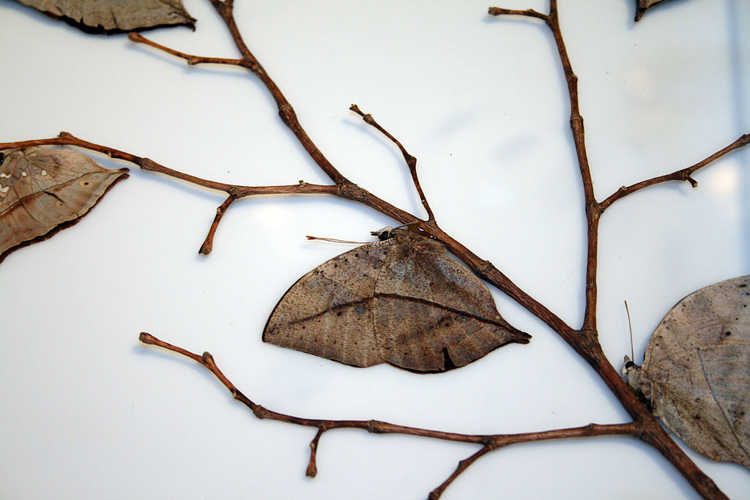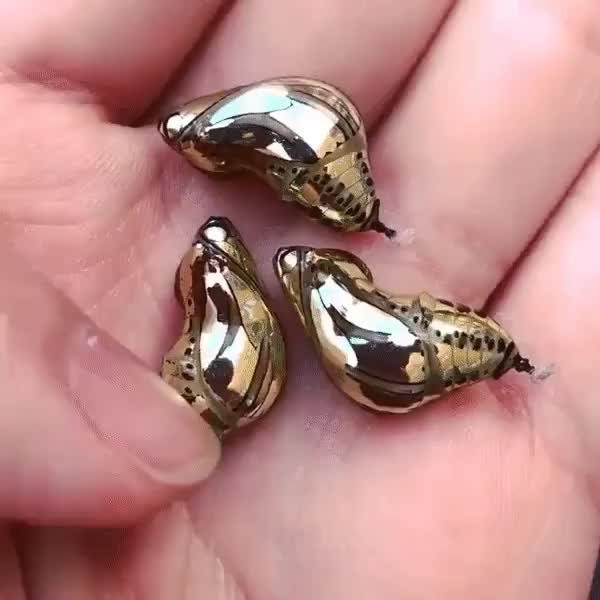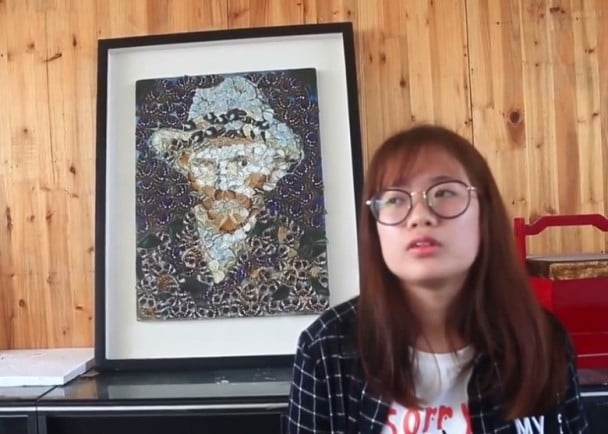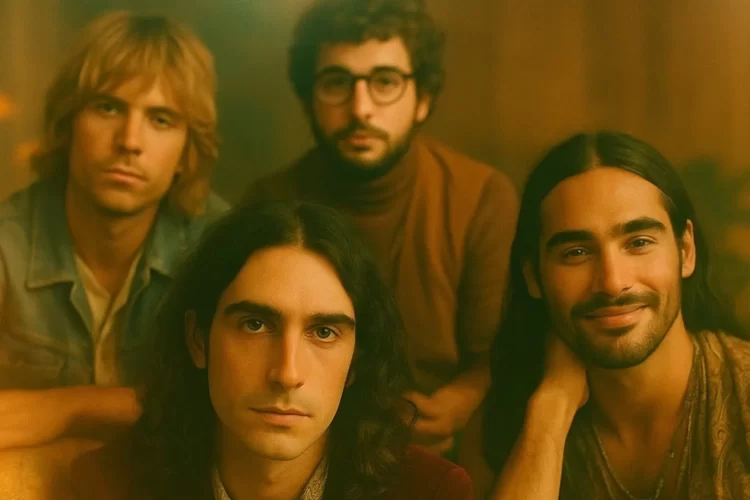Kallima inachus, a species of nymphalid butterfly found in India and Japan, is known as the orange oakleaf or dead leaf butterfly for a very good reason – with its wings closed, this butterfly closely resembles a dried tree leaf.
It’s been said that the kallima inachus butterfly mimics a dead leaf better than an actual dead leaf, and as crazy as that sounds, it actually makes some sense. Somehow, this tiny creatures managed to raise its camouflage to such an extreme level that its wings feature a pointed leaf apex at the front tip, and a leaf stalk on the hindside, as well as a characteristic vein pattern, multiple shades of brown and orange, and even tiny imperfections like black spots or small tears. It’s a perfect camouflage artist.














